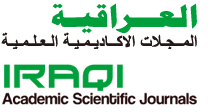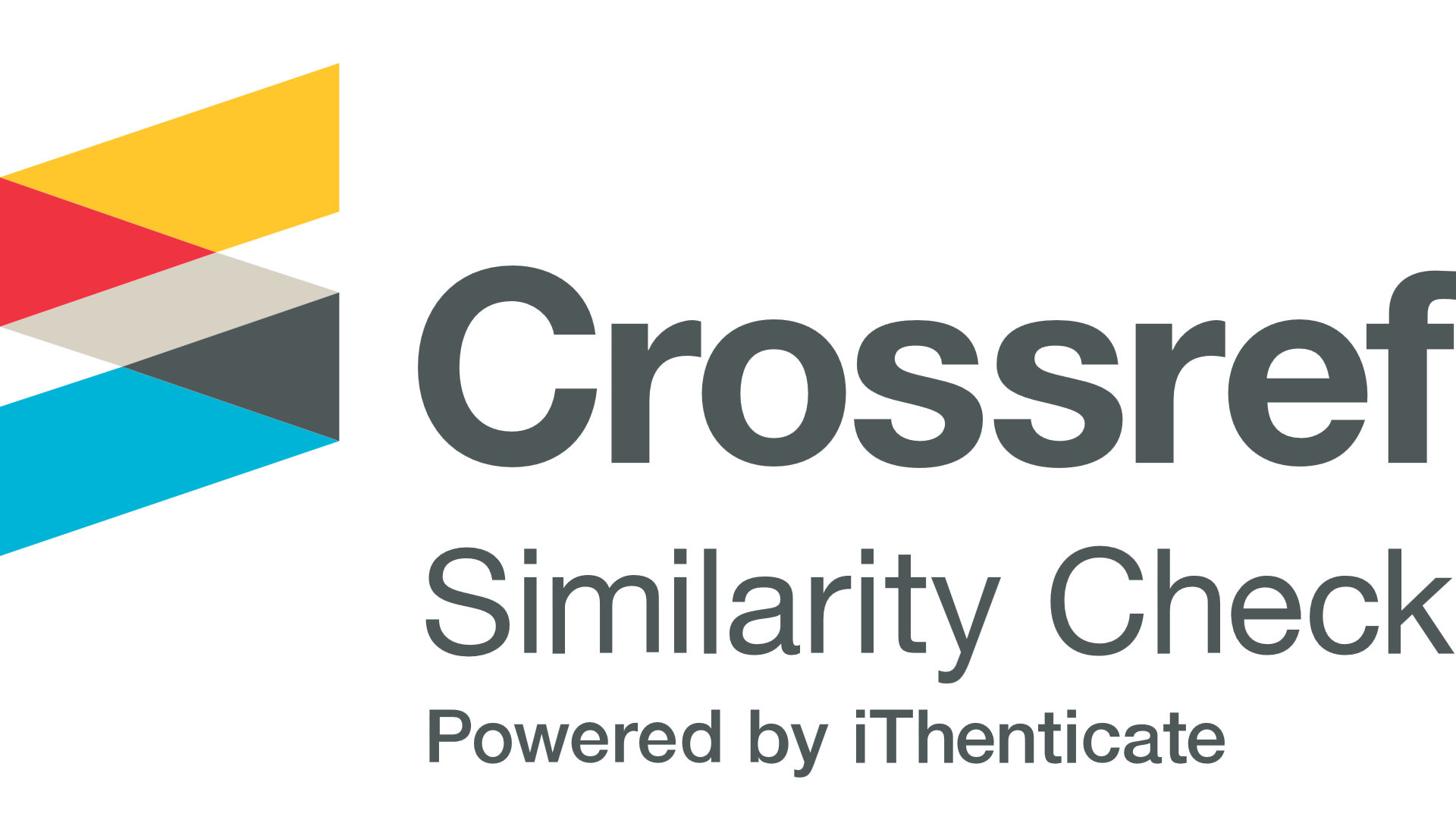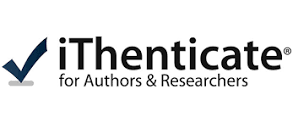The Influence of Ambient Temperature and Rainfall on Foodborne Infections Caused by Vibrio, Campylobacter, and Pathogenic Escherichia coli: A Review
The Influence of Ambient Temperature and Rainfall on Foodborne Infections Caused by Vibrio, Campylobacter, and Pathogenic Escherichia coli: A Review
Abstract
Foodborne bacterial infections caused by Vibrio species, Campylobacter species, and pathogenic Escherichia coli (STEC/EHEC) pose significant public health risks globally. Environmental factors, particularly ambient temperature and rainfall, play crucial roles in modulating the ecology, transmission, and epidemiology of these pathogens. This review examines recent scientific literature (post-2015) on the associations between these key weather variables and infections caused by Vibrio, Campylobacter, and STEC. Evidence confirms that rising temperatures strongly promote the proliferation and geographic expansion of Vibrio species in aquatic environments. For Campylobacter and STEC, temperature influences seasonality and environmental survival, often through indirect mechanisms affecting hosts, vectors, or human behaviour. Rainfall, particularly heavy rainfall events, is a major driver of pathogen transport via runoff, leading to contamination of water sources and agricultural produce, thereby increasing exposure risk for all three pathogen groups. Understanding these complex, pathogen-specific relationships is critical for developing effective public health strategies, including enhanced surveillance, predictive modelling, and climate change adaptation measures in food safety and water management. Integrated approaches combining environmental monitoring, epidemiology, and climate science are essential to mitigating the growing threat of weather-influenced foodborne diseases.
References
- Kaakoush NO, Castaño-Rodríguez N, Mitchell HM, Man SM. Global epidemiology of Campylobacter infection. Clinical Microbiology Reviews. 2015;28(3):687-720.
- Sher, A. A., Ashraf, M. A., Mustafa, B. E., & Raza, M. M. (2021). Epidemiological trends of foodborne Campylobacter outbreaks in the United States of America, 1998–2016. Food Microbiology, 97, 103751. https://doi.org/10.1016/j.fm.2021.103751
- Damtew, Y. T., Tong, M., Varghese, B. M., Anikeeva, O., Hansen, A., Dear, K., ... & Bi, P. (2024). The impact of temperature on non-typhoidal Salmonella and Campylobacter infections: an updated systematic review and meta-analysis of epidemiological evidence. Ebiomedicine, 109.
- Semenza JC, Trinanes J, Lohr W, Sudre B, Löfdahl M, Martinez-Urtaza J, et al. Environmental suitability of Vibrio infections in a warming climate: an early warning system. Environmental Health Perspectives. 2017;125(10):107004.
- Baker-Austin C, Trinanes J, Gonzalez-Escalona N, Martinez-Urtaza J. Non-cholera Vibrios: the microbial barometer of climate change. Trends in Microbiology. 2017;25(1):76-84.
- Levy K, Woster AP, Goldstein RS, Carlton EJ. Untangling the impacts of climate change on waterborne diseases: a systematic review of relationships between diarrheal diseases and temperature, rainfall, flooding, and drought. Environmental Science & Technology. 2016;50(10):4905-4922.
- Niven, C. G., Islam, M., Nguyen, A., Grembi, J. A., Mertens, A., Pickering, A. J., ... & Ercumen, A. (2025). Associations between weather extremes and faecal contamination along pathogen transmission pathways in rural Bangladeshi households: a prospective observational study. The Lancet Planetary Health, 9(1), e5-e13.
- Baker-Austin C, Oliver JD. Vibrio vulnificus: new insights into a deadly opportunistic pathogen. Environmental Microbiology. 2018;20(2):423-430.
- Vezzulli L, Colwell RR, Pruzzo C. Ocean warming and spread of pathogenic Vibrios in the aquatic environment. Microbial Ecology. 2013;65(4):817-825.
- Lal A, Hales S, French N, Baker MG. Seasonality in human zoonotic enteric diseases: a systematic review. PLoS ONE. 2012;7(4):e31883.
- Croxen MA, Law RJ, Scholz R, Keeney KM, Wlodarska M, Finlay BB. Recent advances in understanding enteric pathogenic Escherichia coli. Clinical Microbiology Reviews. 2013;26(4):822-880.
- Denamur, E., Clermont, O., Bonacorsi, S. et al. (2021). The population genetics of pathogenic Escherichia coli. Nat Rev Microbiol 19, 37–54. https://doi.org/10.1038/s41579-020-0416-x
- Austhof, E., Warner, S., Helfrich, K., Pogreba-Brown, K., Brown, H. E., Klimentidis, Y. C., ... & White, A. E. (2024). Exploring the association of weather variability on Campylobacter–a systematic review. Environmental Research, 118796.
- Trinanes, J., & Martinez-Urtaza, J. (2021). Future scenarios of risk of Vibrio infections in a warming planet: a global mapping study. The Lancet Planetary Health, 5(7), e426-e435.
- Brumfield, K. D., Chen, A. J., Gangwar, M., Usmani, M., Hasan, N. A., Jutla, A. S., ... & Colwell, R. R. (2023). Environmental factors influencing occurrence of Vibrio parahaemolyticus and Vibrio vulnificus. Applied and environmental microbiology, 89(6), e00307-23. https://doi.org/10.1128/aem.00307-23
- Muhling, B. A., Jacobs, J., Stock, C. A., Gaitan, C. F., & Saba, V. S. (2017). Projections of the future occurrence, distribution, and seasonality of three Vibrio species in the Chesapeake Bay under a high‐emission climate change scenario. GeoHealth, 1(7), 278-296. https://doi.org/10.1002/2017GH000089
- Rushton, S. P., Sanderson, R. A., Diggle, P. J., Shirley, M. D., Blain, A. P., Lake, I., ... & O’Brien, S. J. (2019). Climate, human behaviour or environment: individual-based modelling of Campylobacter seasonality and strategies to reduce disease burden. Journal of translational medicine, 17, 1-13.
- Kuhn, K.G., Nygård, K.M., Guzman-Herrador, B. et al. (2020). Campylobacter infections expected to increase due to climate change in Northern Europe. Sci Rep 10, 13874. https://doi.org/10.1038/s41598-020-70593-y
- Ally R, Naicker M, Lendrum C, Wyk JV, Prystajecky N, Dunn G. Evaluating the risks associated with Shiga-toxin-producing Escherichia coli (STEC) in private drinking water systems: A scoping review. Canadian Journal of Microbiology. 2019;65:554-569.
- Topalcengiz, Z., & Danyluk, M. D. (2019). Fate of generic and Shiga toxin-producing Escherichia coli (STEC) in Central Florida surface waters and evaluation of EPA Worst Case water as standard medium. Food Research International, 120, 322-329. https://doi.org/10.1016/j.foodres.2019.02.045
- Froelich BA, Daines DA. In hot water: effects of climate change on Vibrio-human interactions. Environmental Microbiology. 2020;22(10):4101-4111.
- Oberheim, J., Höser, C., Lüchters, G. et al. (2020). Small-scaled association between ambient temperature and Campylobacteriosis incidence in Germany. Sci Rep 10, 17191. https://doi.org/10.1038/s41598-020-73865-9
- Wetz JJ, Blackwood AD, Fries JS, Williams ZF, Noble RT. Trends in total Vibrio spp. and Vibrio vulnificus concentrations in the coastal waters of the North Carolina Outer Banks. Frontiers in Microbiology. 2020;11:1042.
- Murphy C, Carroll C, Jordan KN. Environmental survival mechanisms of the foodborne pathogen Campylobacter jejuni. Journal of Applied Microbiology. 2006;100(4):623-632.
- Sterk A, Schijven J, de Roda Husman AM, de Nijs T. Effect of climate change on runoff of Campylobacter and Cryptosporidium from land to surface water. Water Research. 2016;95:90-102.
- Soneja S, Jiang C, Romeo Upperman C, Murtugudde R, Mitchell CS, Blythe D, et al. Extreme precipitation events and increased risk of Campylobacteriosis in Maryland, U.S.A. Environmental Research. 2016;149:216-221.
- Austhof, E., Brown, H. E., White, A. E., Jervis, R. H., Weiss, J., Shrum Davis, S., ... & Pogreba-Brown, K. (2024). Association between precipitation events, drought, and animal operations with Campylobacter infections in the Southwest United States, 2009–2021. Environmental Health Perspectives, 132(9), 097010.
- Guzman-Herrador B, Carlander A, Ethelberg S, Freiesleben de Blasio B, Kuusi M, Lund V, et al. Waterborne outbreaks in the Nordic countries, 1998 to 2012. Eurosurveillance. 2015;20(24):21160.
- Ayala, A. J., Kabengele, K., Almagro-Moreno, S., & Ogbunugafor, C. B. (2023). Meteorological associations of Vibrio vulnificus clinical infections in tropical settings: Correlations with air pressure, wind speed, and temperature. PLOS Neglected Tropical Diseases, 17(7), e0011461. https://doi.org/10.1371/journal.pntd.0011461
- Lake IR, Colón-González FJ, Takkinen J, Rossi M, Sudre B, Dias JG, et al. Exploring Campylobacter seasonality across Europe using The European Surveillance System (TESSy), 2008 to 2016. Eurosurveillance. 2019;24(13):1800028.
- Martinez-Urtaza J, Bowers JC, Trinanes J, DePaola A. Climate anomalies and the increasing risk of Vibrio parahaemolyticus and Vibrio vulnificus illnesses. Food Research International. 2010;43(7):1780-1790.
- Logar-Henderson C, Ling R, Tuite AR, Fisman DN. Effects of large-scale oceanic phenomena on non-cholera Vibriosis incidence in the United States: implications for climate change. Epidemiology and Infection. 2019;147:e243.
- Acquaotta, F., Ardissino, G., Fratianni, S., & Perrone, M. (2017). Role of climate in the spread of shiga toxin-producing Escherichia coli infection among children. International Journal of Biometeorology, 61, 1647-1655.
- Kovats RS, Edwards SJ, Charron D, Cowden J, D'Souza RM, Ebi KL, et al. Climate variability and Campylobacter infection: an international study. International Journal of Biometeorology. 2005;49(4):207-214.
- Djennad, A., Lo Iacono, G., Sarran, C. et al. (2019). Seasonality and the effects of weather on Campylobacter infections. BMC Infect Dis 19, 255. https://doi.org/10.1186/s12879-019-3840-7
- Baker-Austin C, Oliver JD, Alam M, Ali A, Waldor MK, Qadri F, Martinez-Urtaza J. Vibrio spp. infections. Nature Reviews Disease Primers. 2018;4(1):8.
- Al-Obaidi, R. M., S. K. Arif, R. M. Abed, L. A. Yaaqoob, S. A. F. Mahmood, S. J. A. Mohammed, and N. M. Abdulrahman. "Vibrio cholerae: epidemiology, surveillance and occurrence in iraq." One Health Triad, Unique Scientific Publishers, Faisalabad, Pakistan 2 (2023): 80-86.
- L. Vezzulli,C. Grande,P.C. Reid,P. Hélaouët,M. Edwards,M.G. Höfle,I. Brettar,R.R. Colwell, & C. Pruzzo (2016). Climate influence on Vibrio and associated human diseases during the past half-century in the coastal North Atlantic, Proc. Natl. Acad. Sci. U.S.A. 113 (34) E5062-E5071, https://doi.org/10.1073/pnas.1609157113.
- Al-Saleem, Hazim H. Hussain, Sura Thamer Nassir, and Nadheema Hammood Hussein. "The environmental factors, climate phenomena and some weather elements affecting on the spread of Vibrio cholerae in Iraq." Biochemical & Cellular Archives 20, no. 2 (2020).
- Jawad, Marrib Mahmoud, and Methaq Gulb Abd. "Vibriosis in Human and Animals of Iraq." Al-Salam Journal for Medical Science 2, no. 1 (2023): 12-20.
- Archer, E.J., Baker-Austin, C., Osborn, T.J. et al. (2023). Climate warming and increasing Vibrio vulnificus infections in North America. Sci Rep 13, 3893. https://doi.org/10.1038/s41598-023-28247-2
- Baker-Austin C, Trinanes JA, Taylor NGH, Hartnell R, Siitonen A, Martinez-Urtaza J. Emerging Vibrio risk at high latitudes in response to ocean warming. Nature Climate Change. 2013;3(1):73-77.
- Kanaan, Manal Hadi Ghaffoori, and Mushtaq Talib Abdulwahid. "Prevalence rate, antibiotic resistance and biotyping of thermotolerant Campylobacter isolated from poultry products vended in Wasit markets." Current Research in Nutrition and Food Science Journal 7, no. 3 (2019): 905-917.
- Kanaan, Manal Hadi Ghaffoori, and Fatten Ahmad Mohammed. "Antimicrobial resistance of Campylobacter jejuni from poultry meat in local markets of Iraq." Plant Arch 20, no. 1 (2020): 410-415.
- Kanaan, M. Hadi Ghaffoori, A. Jebur Obayes Al-Isawi, and F. Ahmad Mohamme. "Antimicrobial resistance and antibiogram of thermotolerant Campylobacter recovered from poultry meat in Baghdad markets, Iraq." (2022): 249-255.
- Alwash, Mourouge Saadi, and Hawraa Mohammed Al-Rafyai. "Antibiotic Resistance Patterns of Diverse Escherichia coli Phylogenetic Groups Isolated from the Al‐Hillah River in Babylon Province, Iraq." The Scientific World Journal 2019, no. 1 (2019): 5927059.
- Al-Jashaami, Samer H. Kadhem, Safaa M. Almudhafar, and Basim A. Almayahi. "The Effect of Climate on the Variation of Pathogenic Bacteria in the Waters of the Manathira River." Kurdish Studies 12, no. 2 (2024): 2330-2341.
- Alzarfi, Zainab A., Safaa M. Almudhafar, and Basim A. Almayahi. "Environmental analysis of soil contamination with pathological bacteria in Mishkab District Center." Library of Progress-Library Science, Information Technology & Computer 44, no. 3 (2024).
- Abdulsattar, Ban O., Jwan O. Abdulsattar, Khetam H. Rasool, Abdul-Rahman A. Abdulhussein, and Mohammad H. Abbas. "Study of Antimicrobial Resistance Pattern of Escherichia coli and Klebsiella Strains and Multivariate Analysis for Water Quality Assessment of Tigris River, Baghdad, Iraq." Nature Environment & Pollution Technology 19, no. 3 (2020).
- Dunn G, Harris L, Cook C, Prystajecky N. A comparative analysis of current microbial water quality risk assessment and management practices in British Columbia and Ontario, Canada. Science of The Total Environment. 2014;468-469:544-552.
- Jiang C, Shaw KS, Upperman CR, Blythe D, Mitchell C, Murtugudde R, et al. Climate change, extreme events and increased risk of salmonellosis in Maryland, USA: Evidence for coastal vulnerability. Environment International. 2015;83:58-62.
Identifiers
Download this PDF file
Statistics
Downloads
How to Cite
Copyright and Licensing

This work is licensed under a Creative Commons Attribution 4.0 International License.





